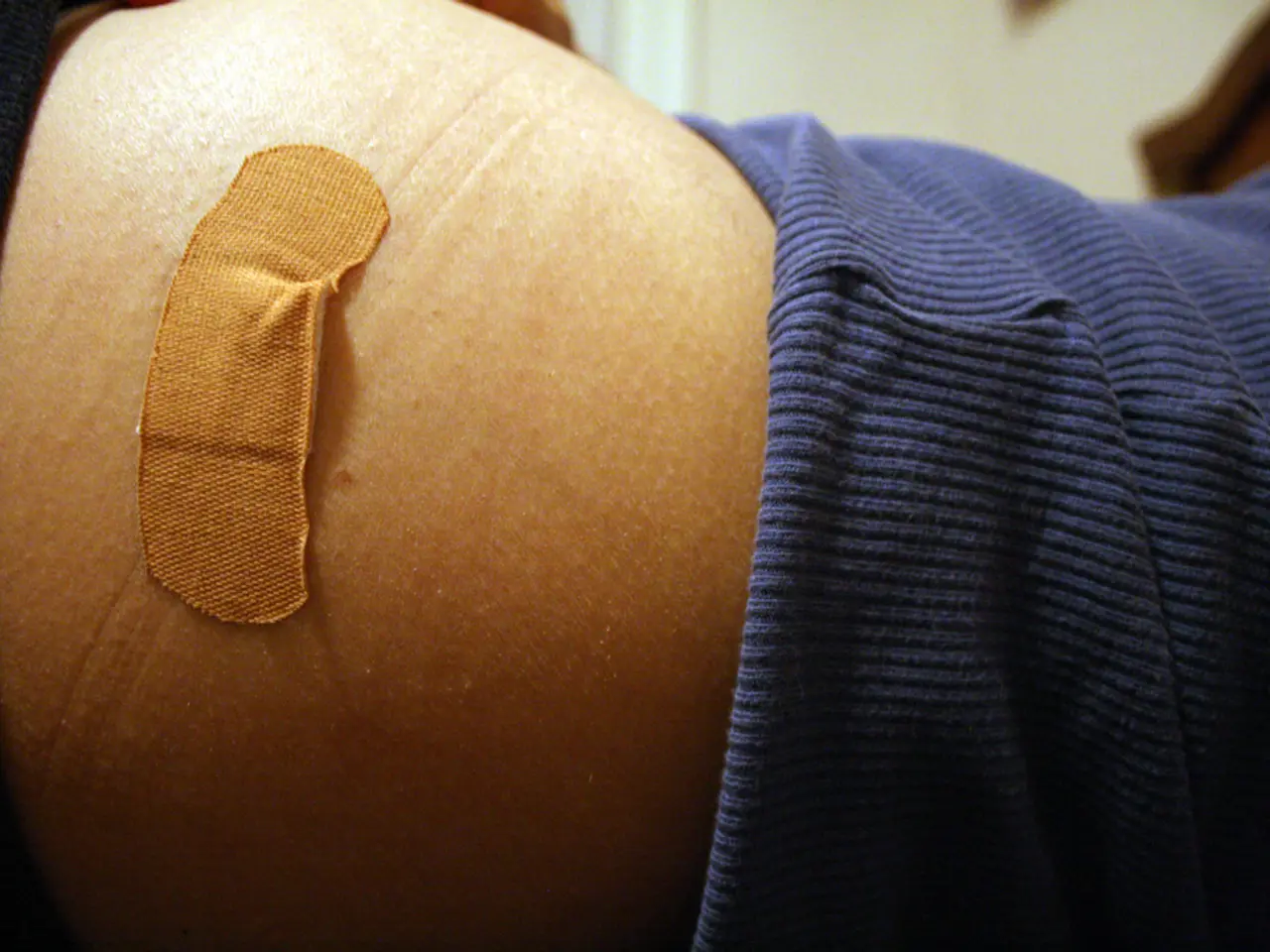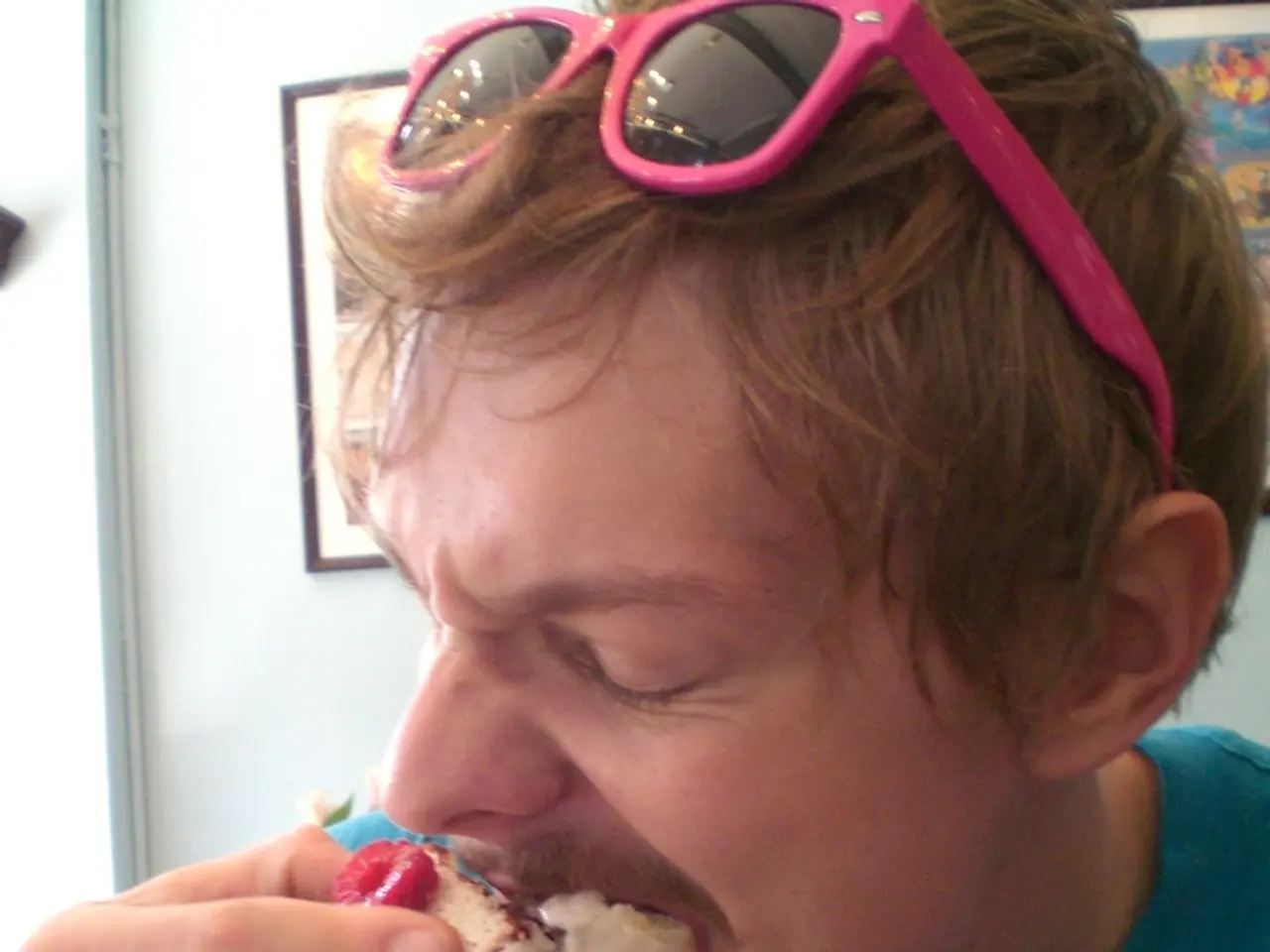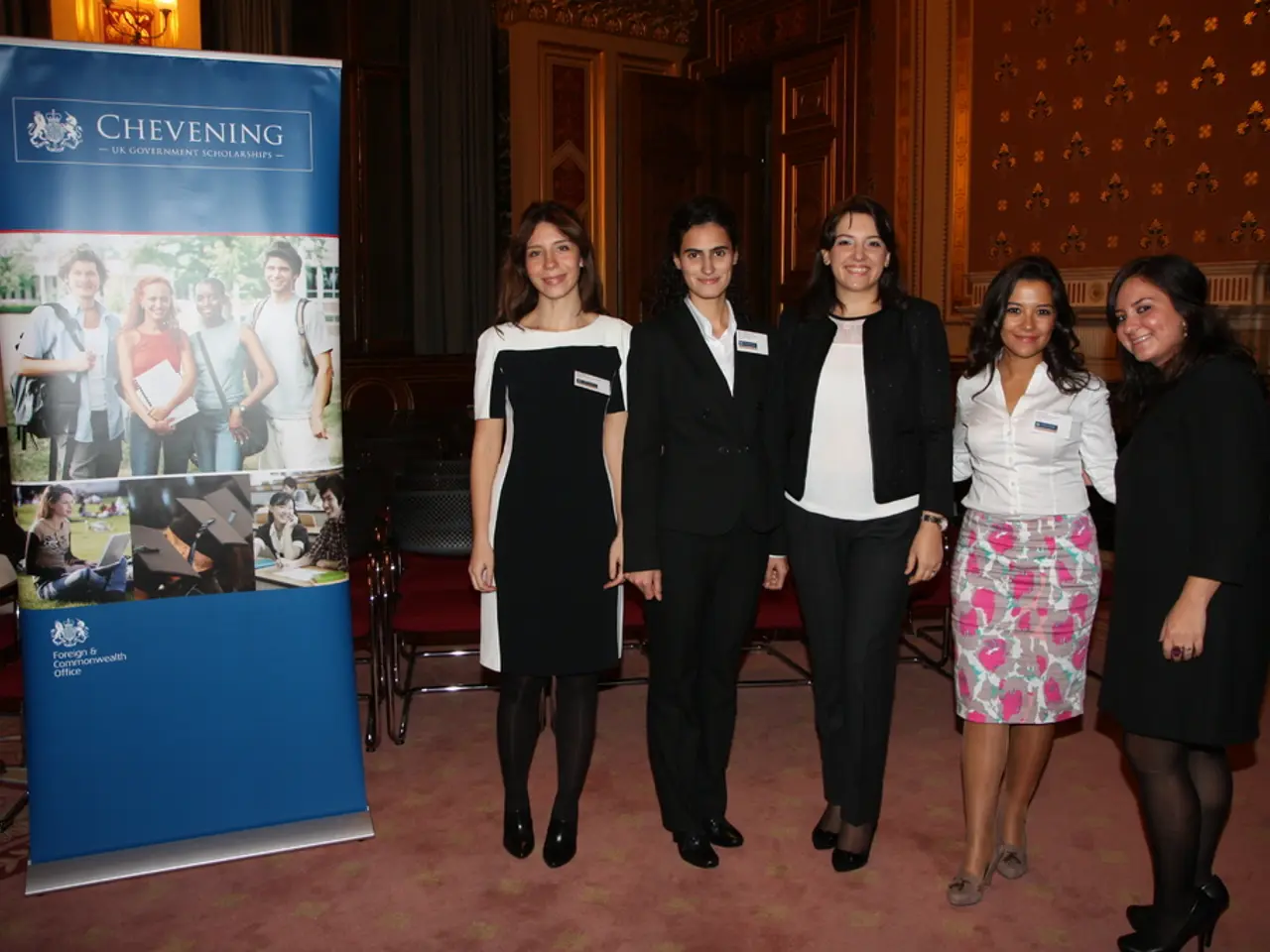Wondering About an Unusual Lump in Your Breast? Here's What You Need to Know.
In a recent discussion with Dr. Valente, a surgical breast oncologist, it has been emphasized that the discovery of a new breast lump should not be ignored, regardless of one's age or sex. Here's what you need to know about evaluating a new breast lump and the recommended steps for further investigation.
**Initial Self-Examination**
The first step in evaluating a new breast lump involves a careful self-examination. Begin with a visual inspection, standing in front of a mirror with shoulders straight and arms on hips. Look for any changes in breast size, shape, or contour; skin changes such as dimpling or redness; nipple changes including inversion or discharge; and any visible lumps.
Following this, use the pads of your fingers to palpate the breast tissue systematically, covering the entire breast and the areas near the armpits. This should include lying down to spread the breast tissue evenly over the chest wall, using small circular motions at light, medium, and firm pressure to feel all layers from surface to deep tissue near the ribs. Standing or sitting (often easier in the shower), repeat the same palpation technique to cover the entire breast.
Don't forget to check for additional signs, including examination of the armpits and collarbone area for lumps or thickening of lymph nodes, as these may indicate early involvement.
**Clinical Examination by Healthcare Provider**
If any unusual findings are detected during self-examination, promptly seek medical evaluation. The physician will perform a thorough breast examination, including inspection with the patient sitting and with arms raised to detect subtle changes. Palpation follows a systematic pattern to locate and assess any lumps, noting their size, location, consistency, and mobility. The healthcare provider will also examine nearby lymph nodes.
**Further Diagnostic Steps**
Based on clinical findings, the doctor may recommend imaging studies such as mammography or ultrasound. A biopsy may be performed if malignancy is suspected.
**Key Takeaways**
- Regular self-examination is debated; while it has not conclusively been shown to reduce mortality, it may help individuals detect changes early. - Breast changes can be influenced by benign conditions; not every lump is cancerous, but any new finding warrants professional assessment. - If you notice a breast lump, contact your provider right away for evaluation. - Breast lumps are often benign and can be caused by changes in breast tissue fibers. - Men can also experience breast lumps and breast cancer. - If it is breast cancer, treatment will be more successful if started early. - Breast lumps can be moveable when touched or rubbed. - Mastitis can be caused by various factors such as breast implants, an autoimmune disease, eczema, nipple piercing, or tobacco use. - Breast lumps can be smooth around the edges if they are noncancerous fibroadenomas. - Breast lumps can be hard, not painful, and oddly shaped. - Cleveland Clinic, a non-profit academic medical center, is a renowned institution for breast cancer research and treatment.
1.Regular self-examination, while not definitively reducing mortality, may aid individuals in detecting changes early, ensuring potential health issues are addressed promptly.2. Benign conditions can influence breast changes, but any new finding necessitates professional assessment, as not every lump is cancerous.3. If you discover a breast lump, it's crucial to contact your healthcare provider immediately for a thorough evaluation.4. Although primarily associated with women, men can also experience breast lumps and breast cancer, making regular self-examination essential for both sexes.5. Early detection and treatment of breast cancer significantly increase its success rate, emphasizing the importance of seeking medical help when breast lumps are detected.6. Mastitis, a breast inflammation, can be caused by various factors such as breast implants, autoimmune diseases, eczema, nipple piercing, or tobacco use.7. Breast lumps can be of varying textures, such as smooth (indicating noncancerous fibroadenomas) or hard, not painful, and oddly shaped, further emphasizing the need for professional examination. Cleveland Clinic, renowned for its breast cancer research and treatment, is a key resource for those seeking guidance on health and wellness, including men's health, mental health, skin care, nutrition, and therapies and treatments.






